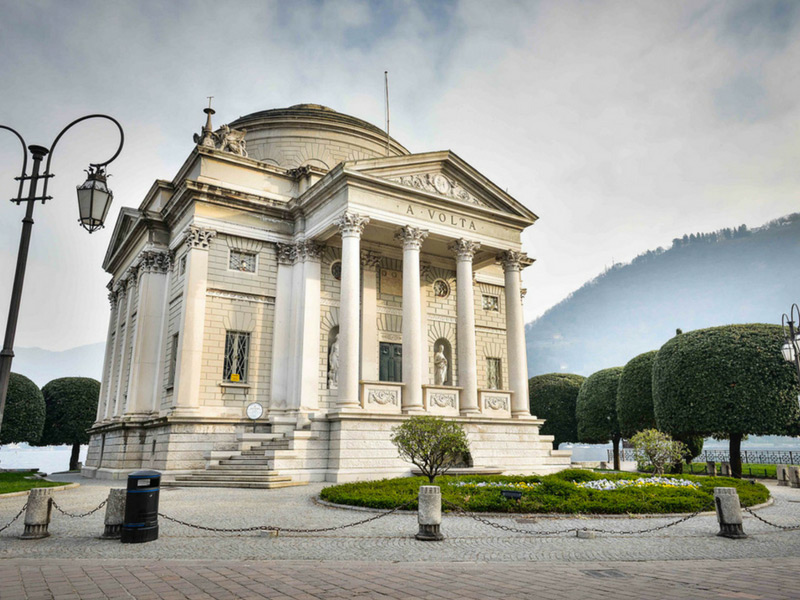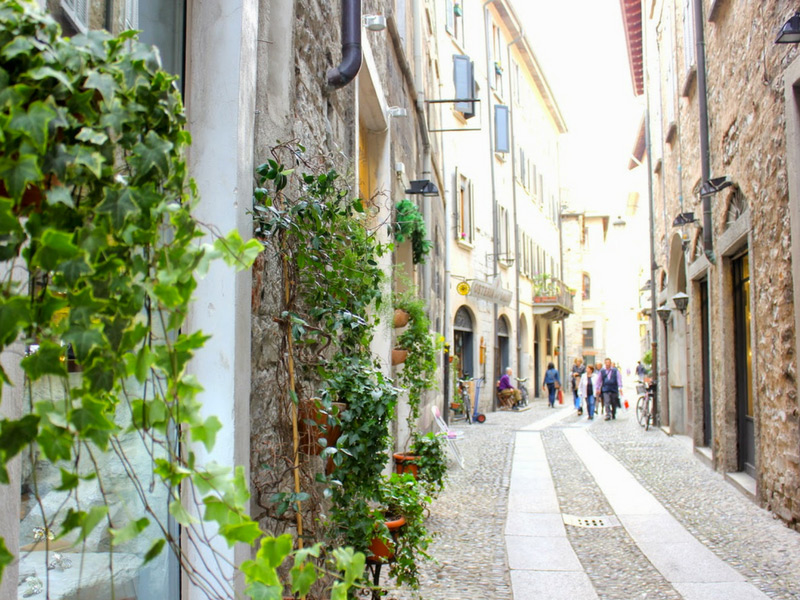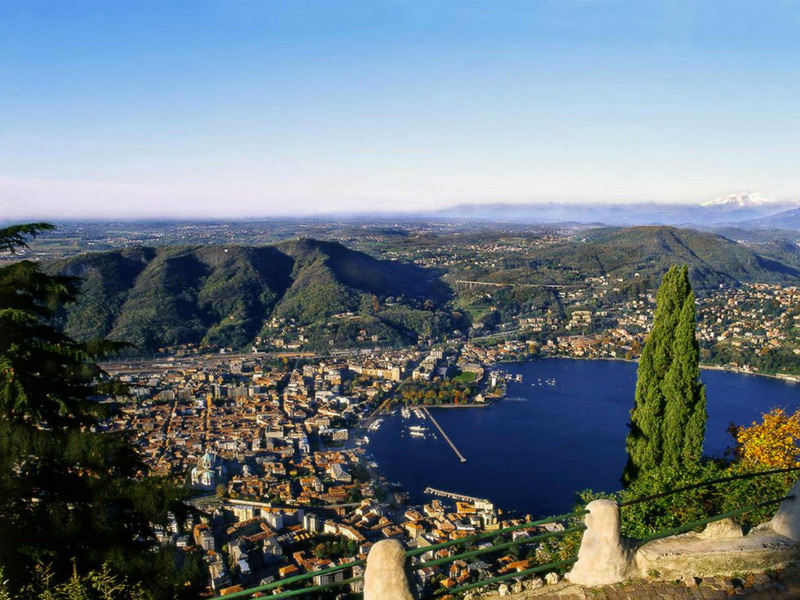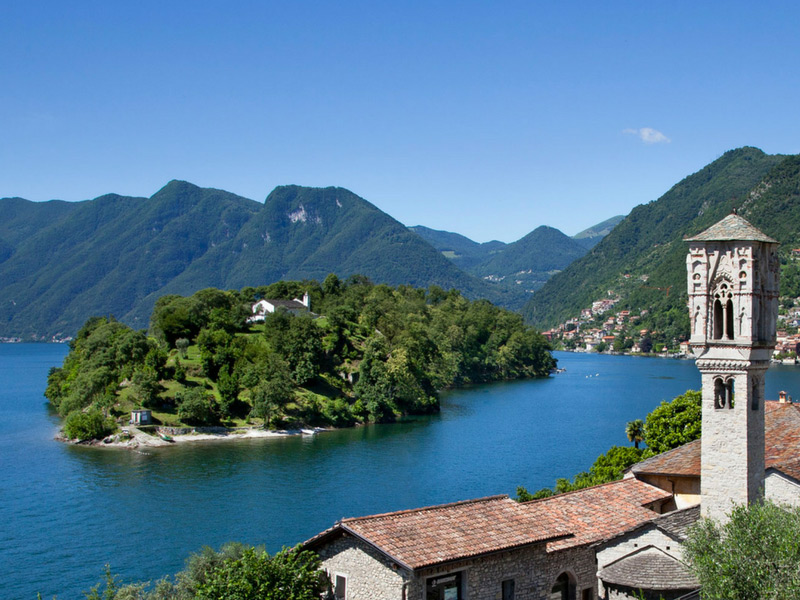
Como and Surroundings
In the city of Como, the monuments that can be visited are numerous: from Piazza Duomo with the Cathedral whose extraordinary beauty is due to the skill of the Masters of Como, at Palazzo del Broletto, the old town hall Piazza Verdi, with monuments that recall the various historical periods (medieval walls, style theater, and the Casa del Fascio), the Basilica of San Fedele and Port Tower.
Palazzo Giovio, home to the Archaeological Museum dedicated to different historical periods ranging from prehistoric times to the Middle Ages, the Historical Museum “Giuseppe Garibaldi”, the remains of the medieval church of San Marco, San Nazzaro, St. Margaret and St. Catherine. Within walking distance there is the lake, the public gardens, the Volta Temple, opened in 1928 to celebrate the work of Alessandro Volta, Como famous scientist, the Temple hosts more than 200 exhibits of which about half is original.


Museum, villas, walkings
Another major tourist attraction of the city is the Silk Museum, which houses old machinery and fabrics, which shows 150 years of tradition of techniques applicable to the production of silk. Among the curiosities of the Museo Rivarossi homonymous manufacturer of miniature trains.
Just outside the center you can admire the splendid eighteenth-century villas surrounded by green parks that have retained the charm for which the province of Como has always been renowned. Among the villas Como surely the most famous feast is Villa Olmo, built by Innocent Odescalchi designed by Simone Cantoni, which still retains its original neoclassical. Another attraction is the funicular Como – Brunate and wonderful walks from the “balcony” wind in the direction of “filled”. Expansive views over the plains and across the Lakes region.
Brunate, the balcony of the Prealpi
Brunate, a small village overlooking the city of Como, is located 716 meters above sea level, on a wooded plateau.
The cable-car and a paved road allow all tourists to the village in a few minutes.
For nature lovers Brunate offers the opportunity to make beautiful walks leading to M. Boletto (d. 1236) and M. Bolettone (d. 1317), and refreshment breaks at the many shelters. From Como to Brunate, nestled in the woods, is the Hermitage of San Donato, founded by the Benedictines, the Franciscans sold in the fifteenth century and was abolished in 1772. Inside is a carved wooden altar (1500), contemporary frescoes and statues in terracotta.
In the hamlet of San Martino is the Volta Lighthouse, built in 1927, as the eponymous Temple. The tower is 29 meters high and at night, the light is visible to fifty miles away. Also in the village of San Martino, is the Church of St. Andrew, which was restored in the nineteenth century, eighteenth-century frescoes of GP Recchi, memories of the Blessed Magdalene Albricci and the legendary Santa Guglielma, as well as paintings, attributed to De Passeri.


Comacina Island
The Comacina Island, located in the inlet of the Como branch of Lake Como, is the strip of land further north in Italy, where, thanks to the particular temperature, it is possible to grow olive trees from which it is produced then the olive ‘oil.
The island, located in the municipality of Osuccio, is a specific and well-known tourist attraction for those who are, for shopping or leisure, on Lake Como.
Holidays striking is the feast of St. John, June 24 where the opportunity is the solemn procession of boats that culminates in the fireworks on the lake.
The Island Comacina offers important insights for a thorough examination: a rich archaeological palimpsest, the building of civil Roman imperial period, the period Late Ancient Tower, the Baptistery of San Giovanni Battista, the Early Christian basilica and then Romanesque Sant’Eufemia , the excursions on the lake …

